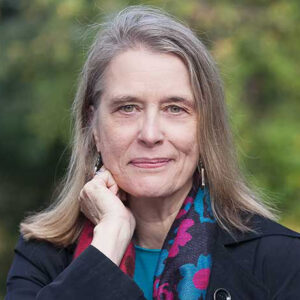There are the families we are born with, and then there are the artificial family units known as step or blended families. Stepfamilies may eventually form ‘ties that bind’ but the connections will always be different from biological ones. As a stepmother with two stepchildren, it often felt like the past was built from steel girders and the present was made from paper mache.
There are the external challenges. The new stepfamily’s relations with extended family may be tricky from the outset with cousins, uncles, aunts and grandparents all resisting the change. They look suspiciously at a new stepparent and ask why do this newcomer have any say in the life of our ‘precious’ niece, nephew, cousin or grandchild?
At worst, this becomes an ‘us and them’ dynamic. I saw this first hand when a child lied to his mother’s sister that he was being physically roughed up by his father in the new stepfamily. It was completely fabricated but of course, they wanted to believe it.
And a stepfamily may never seem real to others. Married for decades to my second husband, I received a Christmas email this year from a cousin’s wife which was addressed to my previous husband!
Adding to theses external hurdles, there will be complex internal issues. Many new stepfamily’s foundations will be built on a history of disruption and discord with the increase in divorces and remarriages. If there are young children involved, then the new unit must deal with the negotiations around visitation rights, child support and other issues. It can stretch a new stepparent to their limit because they have inherited these issues without the power to solve them.
I will never forget the phone call from the previous spouse just after I was married. The telephone rang. I picked it up and she called me something obscene and then hung up. I felt like I had been dumped into a barrel of manure, and I knew that I was entering uncharted territory. “Hang on, it is going to be a bumpy ride,” which proved to be true.
Biological families experience upsets but stepfamilies are especially vulnerable to internal power struggles and conflicts. For instance, a stepfamily can develop an insider and outsider dynamic especially, when there are children. The family members with a shared history are the ‘insiders’ and the ‘outsider,’ as was my case, was being a stepparent moving into the family home.
For some children a stepfamily feels like a temporary fix until the ‘real’ family comes back and they can return to an idealized past that never existed. And in our case, the angry child decided he would camp with other families. He preferred being a gypsy and couch surfing with a schlubby local family rather than participate in the new stepfamily. And he also told lies to others to gain their sympathy in the hopes that they would take him in. (It didn’t work the first time.)
But because I came from three generations of divorce and remarriage (grandparents, parents and my own divorce), I felt that I would have the coping skills to deal with the challenge. I greatly misjudged my capacity to deal with the complexity of the new situation.
We all make mistakes but I hoped to avoid the obvious ones as a stepparent since I had known the strangeness of it all as a child and as an adult. And I already knew from my own experience that you can’t artificially forge intimacy and we don’t always like or enjoy our step-people. Unfortunately, this was the case in my situation despite my best efforts. It is just the way it works or doesn’t.
My joke about the difference between biological parents and stepparents is to think about it like the biological parents have shares in the ‘for-profit company’ and a stepparent works in the ‘non-profit’ business. One group is designed to reap tangible benefits, while the other rarely derives the same level of personal reward. As we try to reconcile ourselves to the sacrifices that come with stepparenting, we can take some comfort in the fact that we have made a positive contribution even if the ‘ties that bind’ aren’t as rich or lasting.
